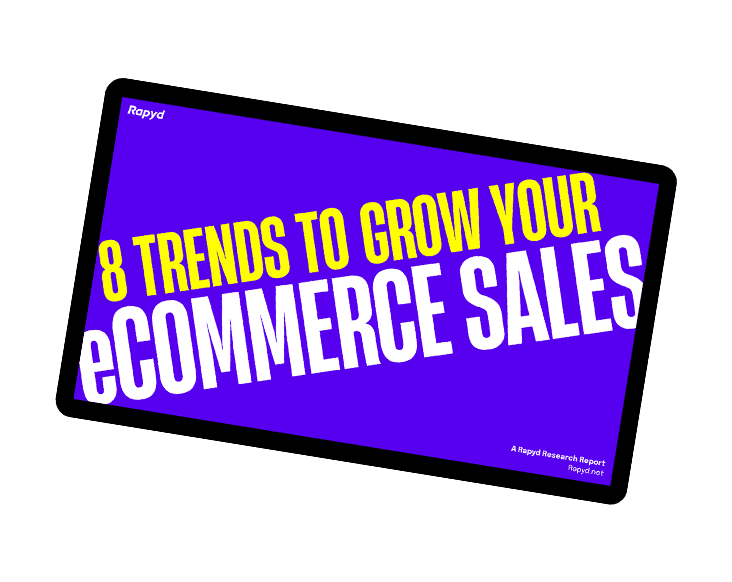Buy Now, Pay Later (BNPL)
For years, electronics and furniture retailers have offered their customers installment payments. However, today other businesses in other sectors have also taken up BNPL which allows customers to buy an item and spread the payments over a defined period of time.
Data by Statista shows that BNPL now has a global market share of 3%. It’s becoming an attractive model of payment because there’s no interest fee and it’s easier to get approval than traditional credit cards. For example, if a customer makes a $100 purchase and uses BPNL at checkout, they can pay $25 upfront and then pay three installments of $25 spread out over six weeks.
This global payment method benefits customers who need short-term credit without necessarily paying interest. Due to rising inflation, it’s a manageable payment option for most people. In addition, with rising global freight rates, customers are looking to lower overall costs by using alternative payment methods such as BNPL.
For businesses, BNPL services like Afterpay and Klarna help in attracting customers seeking alternative payments at little cost. This is essential because it results in a smoother eCommerce checkout experience which boosts customer loyalty and higher conversion rates. Customers are attracted to businesses that cater to their needs and user experience.
Mobile Wallets
The coronavirus pandemic has made contactless technology via digital wallets more attractive. More people are shifting to contactless payments via smartphones because they are fast, convenient and secure. Tools like Google Pay and Apple Pay are becoming more common over credit cards because customers can pay quickly with just their phones.
With mobile self-checkout, customers don’t need to queue for long to shop because mobile wallets are fast and don’t require a lot of interaction with cashiers or sales clerks. Because of this, a lot of retailers have added point-of-sale (POS) systems that support these payment methods. To cater to this, there’s a growing demand for software-based POS technology by both large and small businesses.
Thanks to these changing trends, there’s a wide range of mobile wallets coming up across different markets. By 2025, one in two people will be using a mobile wallet globally as more consumers ditch cash and cards. Therefore, as a business with international customers, you need to know the preferred payment methods in the respective countries.
Additionally, there are also a variety of apps that have been developed and made available for consumers to choose. As an eCommerce business owner, you need to be prepared for new developments.





